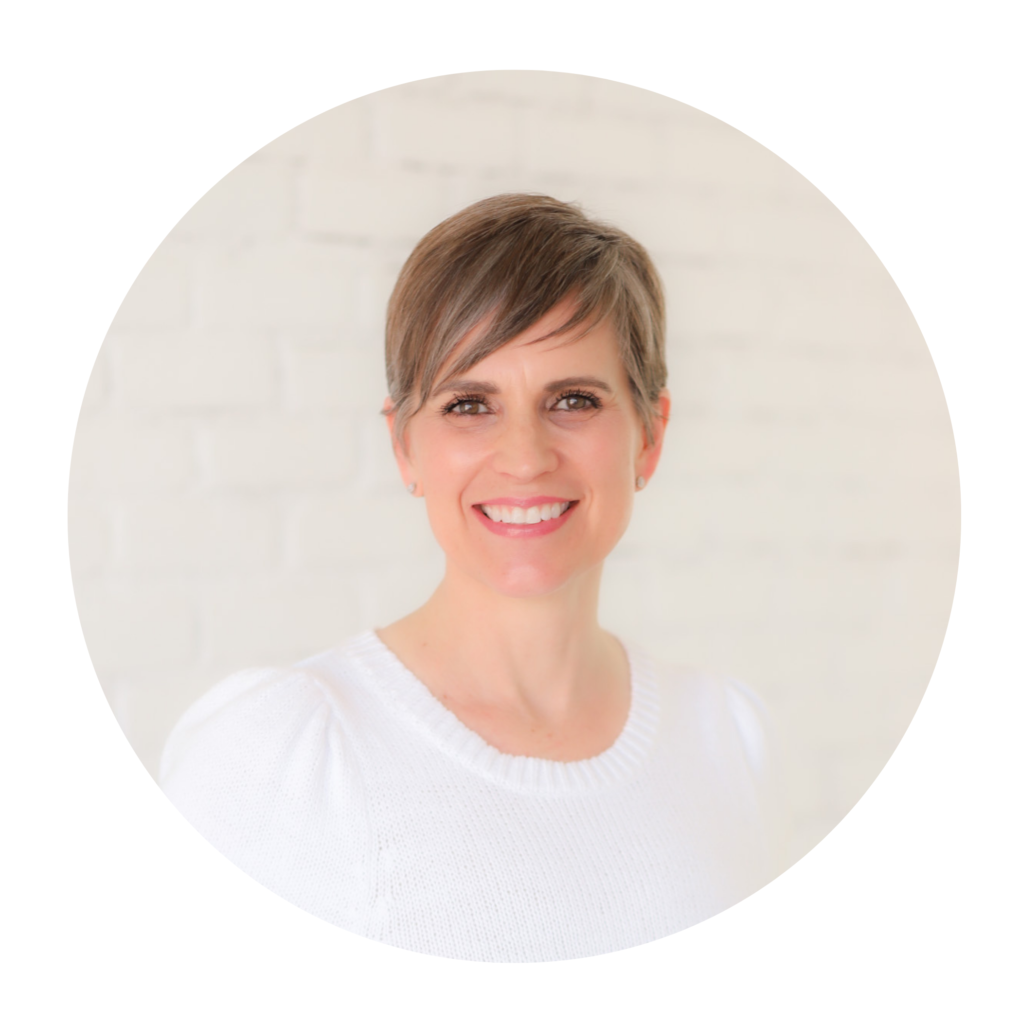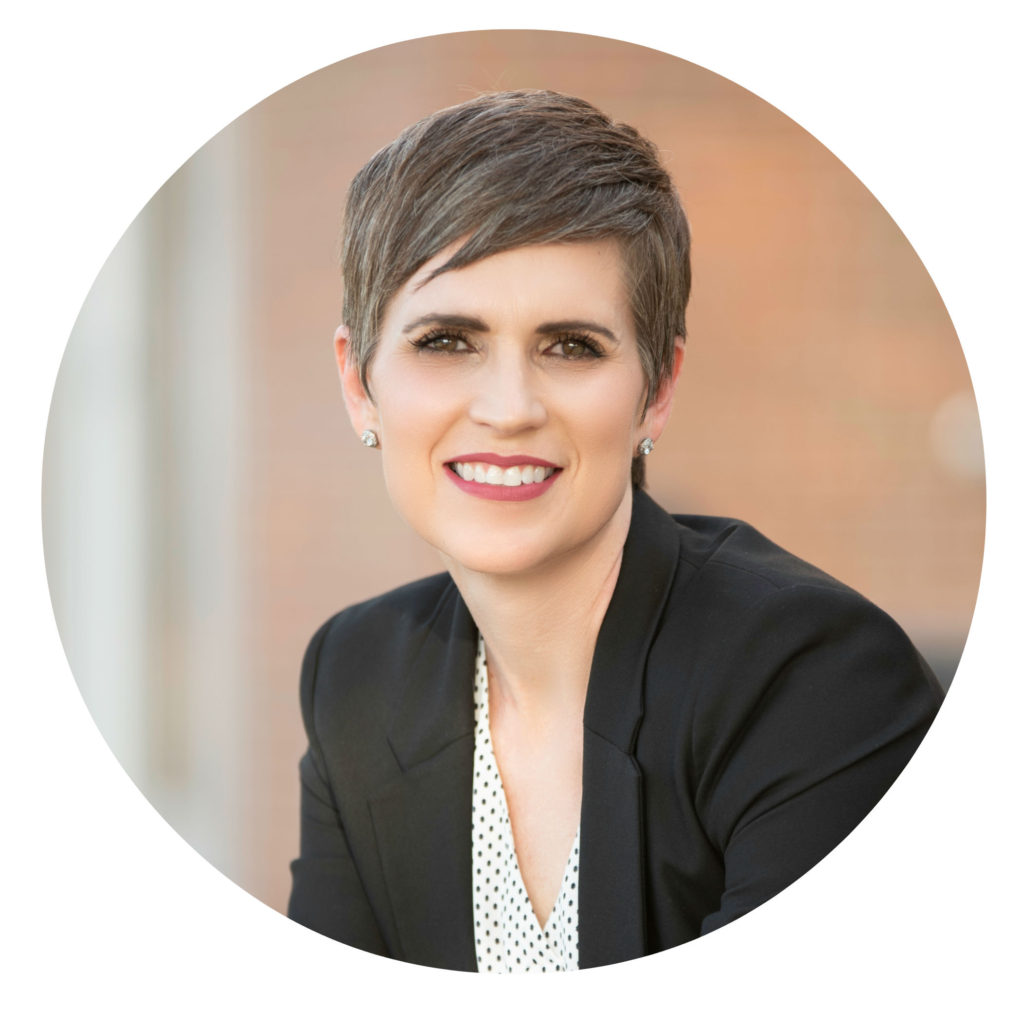When will this be over? I cannot begin to count the number of times I have thought this exact question. You likely have, too. This weekend we received the news that our school aged children will not be returning to their regular classrooms for the remainder of the school year. It will be over one day.
I also know how frustrated you get when you see strangers, neighbors, friends and family members not following the “rules”. You may have even lost a few friends, or exchanged some heated words. But, trying to control our circumstances and other people so we can feel better rarely works.
There is a much better way to start feeling better now.
Our thoughts are always creating our feelings and while we cannot control the world and the people in it, we can control where we focus our thoughts. Learning how starts with understanding the difference between facts and opinions.
Here are some recent facts:
On April 16th the CDC reported a total of 632,548 confirmed cases of COVID-19 and 31,071 related deaths.
Facts are data points.
Facts are things that we can all agree on. We can agree that the Center for Disease Control exists. We can agree that they reported these numbers on this date. However, what you think about these facts will not produce the same opinion, or thoughts, for everyone.
- Some people will think that 632,548 is a lot of cases. Others will think that’s not very many.
- Some people will think that the numbers are being underreported. Others will think they are exaggerated.
- Some people will think that the government should be doing more. Others will think the government should be doing less.
- Some people will think there is a conspiracy. Others will think pandemics are naturally occurring events.
There is no wrong way to interpret facts. Interpretations of facts are just opinions.
The emotional experience that you have will depend on what YOU choose to make the facts mean.
Let me give you some examples closer to home:
- Working from home does not stress you out; your thoughts about working from home stresses you out.
- The number on the scale doesn’t cause to you feel discouraged, your thoughts about the number causes discouragement.
- Your husband does not make you mad; your thoughts about your husband make you mad.
- Having your kids home does not overwhelm you; your thoughts about your kids being home are overwhelming.
There are no right or wrong thoughts or feelings. Some days you will have thoughts that make you feel mad, overwhelmed, and anxious. The answer is to learn to feel all of your feelings. And after you do, when you are tired of being mad, overwhelmed, and anxious there is another option.
You can change your mind.
Your brain is amazing. It is always seeking to provide evidence for what you tell it to look for. Always. The way you tell it what to look for is through the thoughts that you think. It is estimated that we think between 60,000 – 80,000 thoughts a day and that 90% are the same thoughts we were thinking the day before. That is a lot of repetitive thinking.
How does it happen?
Think of your brain like your Facebook feed. I think we can all agree that Facebook seems to know exactly what we like. Years of refining algorithms and gathering data has resulted in a perfectly tailored user experience.
“In a nutshell, it scans and collects every single post put out by your Facebook friends, the people you follow, the groups you belong to, and the pages you’ve Liked. Then, it does its very best to rank posts according to each user’s preference. The result? Facebook’s best estimation for what you actually want to see on your feed.” Hubspot, Facebook News Feed Features Facts
The Reticular Activating System
Your brain is no different. Its fancy algorithm has a fancy name: The Reticular Activating System (RAS). This small bundle of nerves at our brainstem filters out unnecessary information so the important stuff gets through. For example, it is the reason why you see the car you are wanting to purchase at nearly every intersection. It’s why you can hear the cry of your child in a roomful of other noisy children.
Your RAS takes what you put your focus on and creates a filter for it. And as new information is acquired, the RAS sorts through it and presents only the pieces that are important to you.
In a similar way, the RAS scans for information that confirms what you believe. Beliefs are thoughts you continue to think. They are part of the 90% of your thoughts that you think over and over every day without really noticing. If you think you are not good at public speaking, you probably won’t be. If you think your life is overwhelming, you will find lots of evidence to support that. The RAS helps you see what you want to see.
You might not “think” that you want to be right about your public speaking or being overwhelmed. But, your brain doesn’t care what it is right about, only that it is right. Every time you have a thought your brain scans for information to prove you are correct.
As a result, if you start paying attention to different things your internal news feed will adjust. Just like with our FB feed, occasionally we need to unfollow, unfriend, or add new friends so we see more of what we want. Curate your mind. New thoughts create new feelings. New feelings drive you to take different actions. Better actions lead to better results.
You can change your life one thought at a time.
Give it a try. For instance, find a thought right now that is causing you to suffer and shift it slightly. Start small, and move from one believable thought to the next.
Here are some suggestions for gradually reframing the thoughts you would like to change using the example of “I don’t know how to do this.”
- I notice I am thinking I don’t know how to do this.
- I don’t know how to do this is just a thought, and I hope one day to stop thinking it.
- I believe it is possible to learn how to do this.
- I am looking forward to not thinking I don’t know how to do this.
- I don’t know how to do this, and that’s okay, I am going to learn how.
- I am learning how to do this.
- I know how to do this.
- I am doing this.
You can feel better now in your current circumstance, by shifting your thoughts, your thinking, your focus.
Need some help? That’s what I do. Click here.
Photo by Joshua Hoehne on Unsplash



